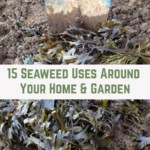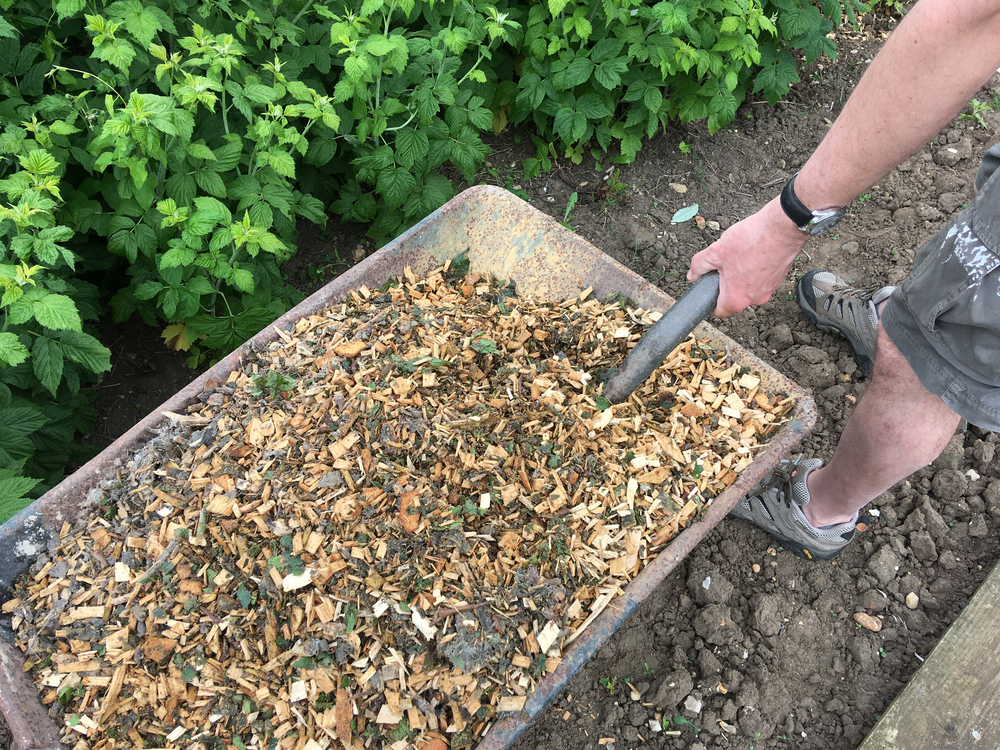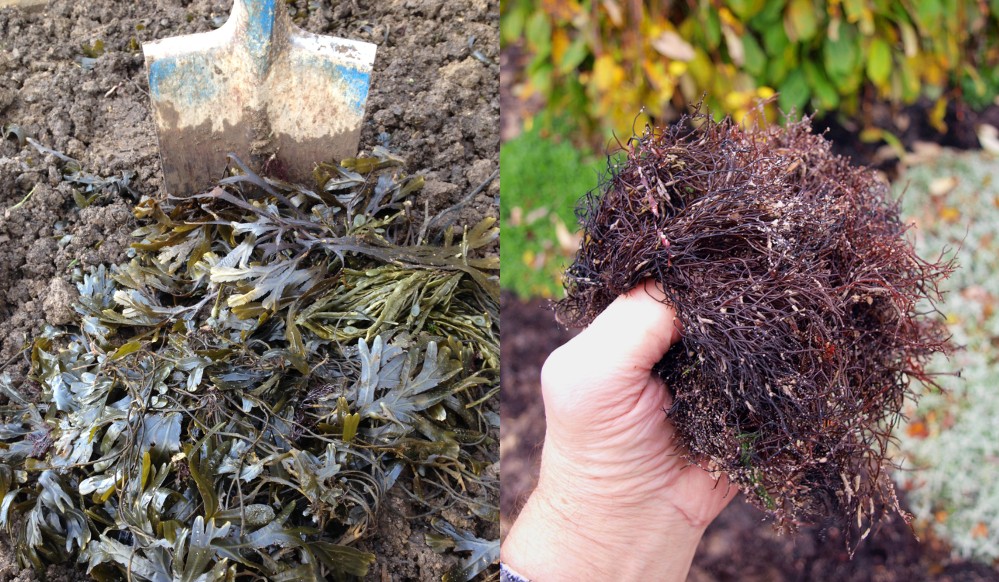
If you live near a shoreline, seaweed may be an untapped natural resource at your disposal. You may not realise it, but there are many uses for seaweed around your home and garden.
Here are 15 different ways that you might be able to use it. We’ll cover eating edible varieties, using it in your garden, and using it to make natural beauty products.
In recent years, innovative research has led to the creation of a number of interesting seaweed products – from clothing containing seaweed, to sustainable seaweed fabrics and pigments.
These more advanced ideas for using seaweed are not necessarily things we can do at home on our homesteads.
But these 15 ideas are things that we might be able to do at home:
1. Eat Seaweed
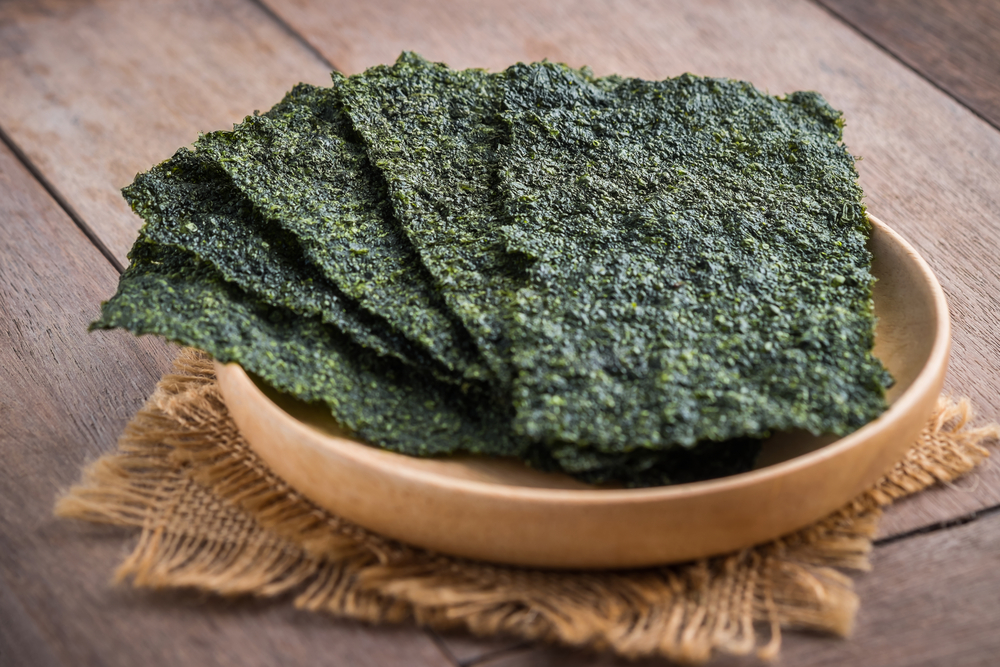
You might be surprised to learn that seaweed is a surprisingly useful wild edible. It is rich in vitamins and can promote good health in a wide range of different ways.
Seaweeds are one of the most abundant wild foods to be found along the seashores. There are a wide range of seaweeds that are edible – and some are not only abundant sources of nutrition but also surprisingly delicious.
Dulse is one of the most versatile and tasty seaweeds to forage. On other shores, nori is one of the best known edible seaweeds around, and has a range of uses.
Gutweed and sea lettuce are great dried and crushed for sprinkling over dishes. Irish moss is great for thickening soups and stews. Laver works well in rice dishes, stir fries and soups.
Kelp is generally tough to eat, but makes great stock. However, it can also be deep fried to make crunchy and salty kelp crisps. It can also be used in other recipes.
Of course, the types of seaweed that are available to you will depend on where you live, and the varieties that grow there.
Tips for Harvesting Seaweed To Eat
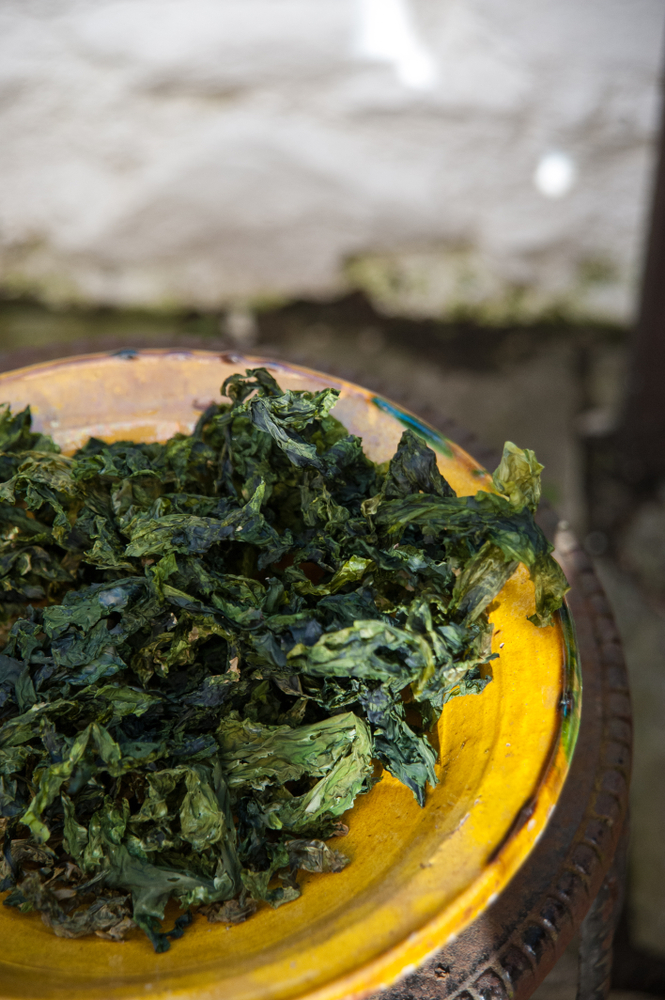
Before foraging for seaweed, be sure to check the rules and laws where you live. In some places, foraging for seaweed is not permitted, even for personal use. So it is important to check.
In other places you may need to get the landowners permission. But most landowners will not mind if you are taking seaweed sustainably and only in reasonably small quantities.
Make sure that there are no sewage outlets nearby, other sources of pollution, or algal blooms. Gather fresh seaweed that is still attached and growing, but take care not to pull up the seaweed. Leave the plants attached and just cut off a little to take with you. That way it will be able to regrow.
Be sure to only take seaweeds that are plentiful in the area. Harvesting in spring and summer (the season of active growth) is more sustainable as the seaweed will have a quicker recovery at these times. Make sure you do not trample or detach other species.
Eating seaweed can add variety to your home-grown diet if you live near a coast. It also has excellent nutritional content – containing a wide range of micro-nutrients that most other food sources cannot provide.
If you are interested in foraging seaweed to eat, consider taking a foraging course in your local area.
Uses For Seaweed in the Garden
Seaweed is not only incredibly useful as an edible in its own right. It is also very useful as a fertilizer. You can use it in a range of different ways to grow more food in your garden.
Seaweed is an excellent source of nutrition for plants as well as people. It is a broad spectrum fertiliser that can promote plant growth. It is rich in a number of macro and micro-nutrients that are essential for plant growth.
Seaweed is a good source of potassium and magnesium. Trace elements (nutrients that plants require only in small quantities) including iron, manganese, zinc, copper and boron are also found in seaweed. These are often not found in other fertilizers. It is also completely biodegradable and breaks down quickly.
When foraging for seaweed to use in the garden, you will not take the living, growing seaweed, but seaweed that has washed up on the shore.
Try to take seaweed from further down the shore, rather than from the high tide line, however. This high tide seaweed is important for wildlife, and can also play a role in erosion control. Only take seaweed when it is abundant, and make sure you do not deplete the environment too much.
Once you have collected your seaweed, (usually an abundant kelp species or similar) here are some ways that you can use it in your garden:
2. Compost Seaweed
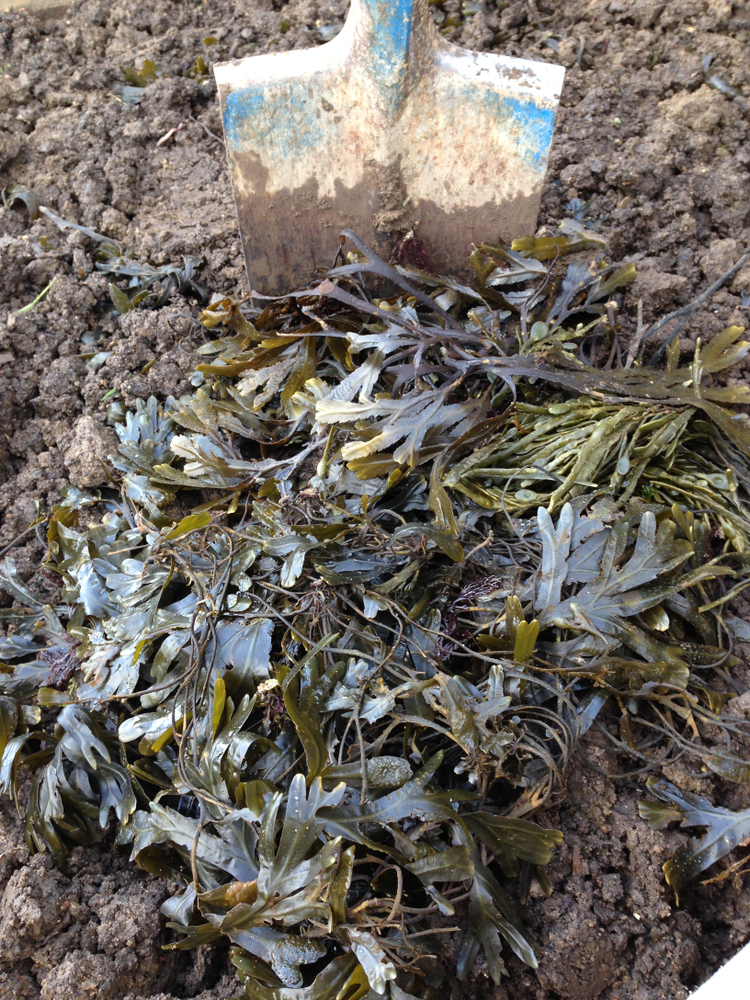
Seaweed can be composted in the same way as you would compost other plant material. The values of nitrogen (N), phosphorus(P) and potassium (K) for seaweed are 1.9: 0.25: 3.68. (Values given vary, however. These are the figures given for Ascophyllum nodosum.)
Thinking about NPK values can help you keep your compost balanced and ensure good nutritional values.
However, seaweed is usually useful more as a source of the trace elements mentioned above. It can improve the nutritional variety of your compost and make sure it is good for plant growth, and improving the soil ecosystem.
When adding seaweed to your compost heap or compost bin, don’t add too much at one time. Add too much seaweed at once and your heap can become slimy and anaerobic. (As it can do if you add to much kitchen waste, or too many grass clippings at one time.)
Be sure to add plenty of carbon-rich, fibrous material at the same time, and keep layering thin quantities of brown and green materials as you build up your compostable materials.
You can also use seaweed to compost in place in your garden. It can be used in layers with other materials, for example, in the creation of a new lasagna bed growing area or hugelkultur mound.
3. Use Seaweed as Mulch
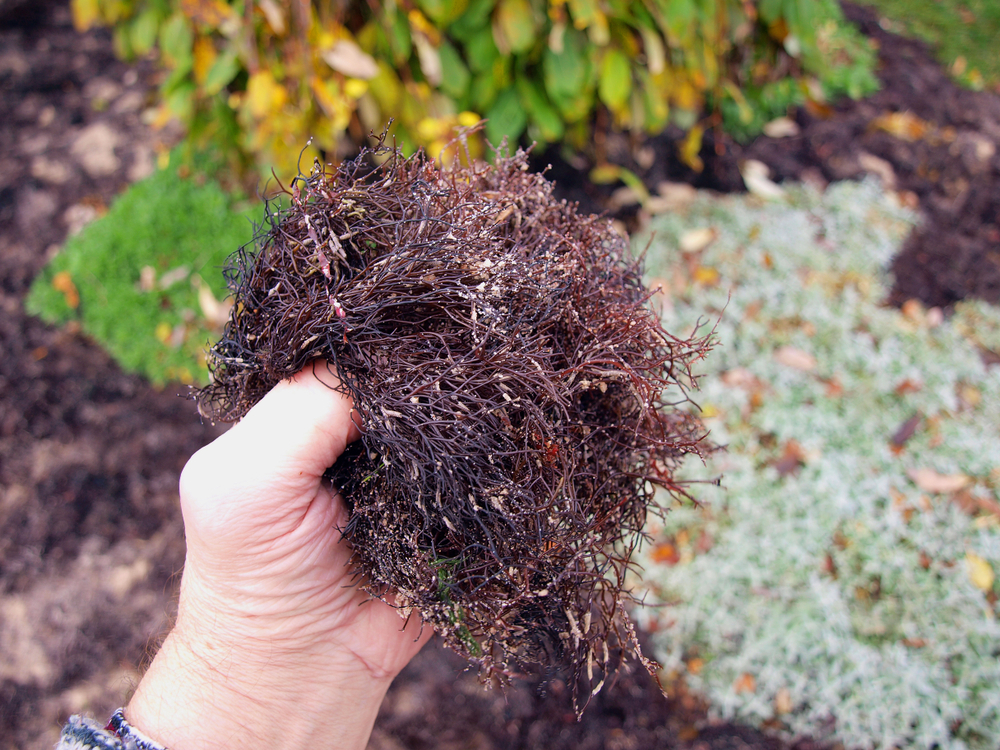
Seaweed can also be used to great effect as a garden mulch. Mulching is a very important part of ‘no dig’ gardening. This system allows gardeners to maintain fertility while disrupting the fragile soil ecosystem as little as possible.
In no dig gardening, organic materials are spread on top of the soil surface as sheet mulches. They are not dug in, but are incorporated over time by natural soil processes.
Mulching can have a range of positive benefits in your garden. It can:
- Protect the soil surface from nutrient leeching and erosion.
- Help to retain moisture in the soil by reducing evaporation.
- Add slow-release fertility which enriches the soil over time.
- Reduce weed growth and limit the need for manual weeding.
Seaweed is an excellent mulch for fruit and vegetable plots, as well as other areas. Many plants will benefit from the key nutrients and other trace elements it provides.
Some people are concerned about the salt content in seaweed. I have never found there to be an issue – but rainfall in our area is relatively high, so salts are washed away. If you are concerned, consider hosing off seaweed before using it as a mulch in your garden.
Examples of Using Seaweed as a Mulch
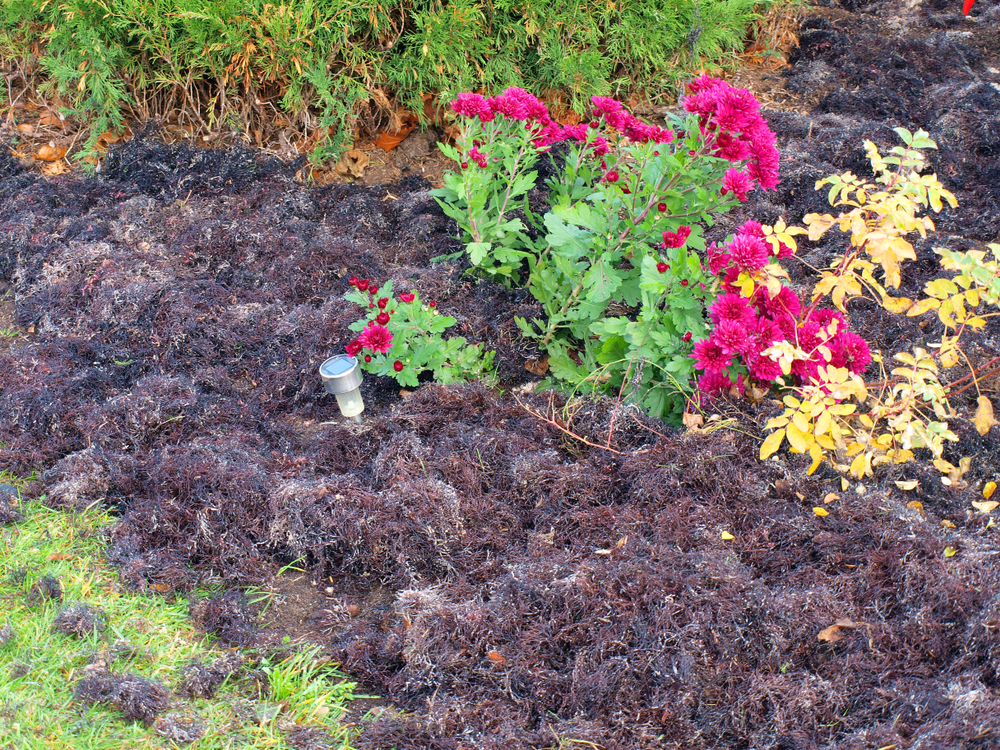
Personally, one way that I like to use seaweed mulch is as an alternative to earthing up around my potato plants. Traditionally, the soil is mounded up around potato plants as they grow. I find that piling a thick mulch of seaweed around the plants is a good alternative.
I also find seaweed useful as a thick mulch laid around onion or garlic in spring. This helps to suppress weeds that begin growing around this time and reduces the need to weed those areas. It also helps the alliums by providing the nutrition they need as they begin to grow more quickly when the weather begins to warm.
In spring, I also sometimes suppress green winter manures by covering them with a thick seaweed mulch, prior to planting up these growing areas.
Finally, I also often use seaweed as a mulch around a number of different plants in the polytunnel. There, its primary purpose is to help retain moisture and reducing watering needs in these covered areas.
4. Make a Seaweed Liquid Plant Feed
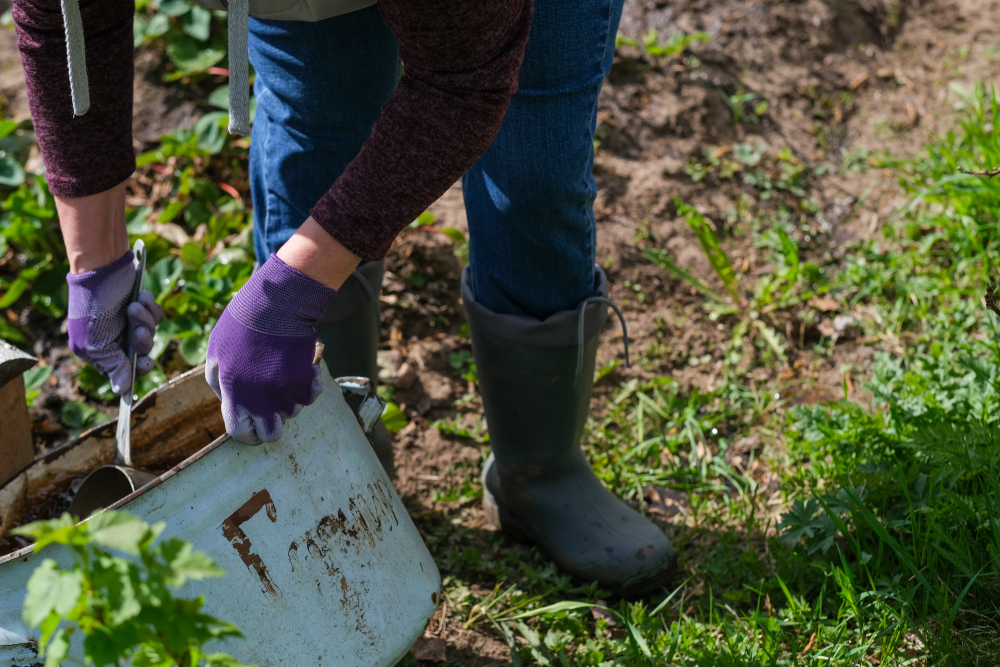
Another way to take advantage of seaweeds excellent nutritional content is to make a liquid plant feed. A seaweed liquid plant feed can be great for giving plants (especially fruiting plants) a quick boost.
To make a seaweed liquid feed:
- Gather your seaweed.
- Rinse the seaweed to remove excess salt.
- Fill a bucket around ¾ full with water, and add as much seaweed as will fit.
- Weigh down the seaweed to keep it under the water.
- Remove the weight and stir the mix every few days.
- Place a lid on the bucket (it will stink!) and leave it for several weeks, ideally at least 2-3 months.
- Strain the mixture and dilute it with three parts water to one part of the mixture. (The remaining solids can be added to your compost heap.)
- Place your seaweed ‘tea’ into watering can or bottles, and use it around the base of your plants, or spray it on as a foliar feed.
5. Dry Seaweed to Make Seaweed Meal Soil Conditioner
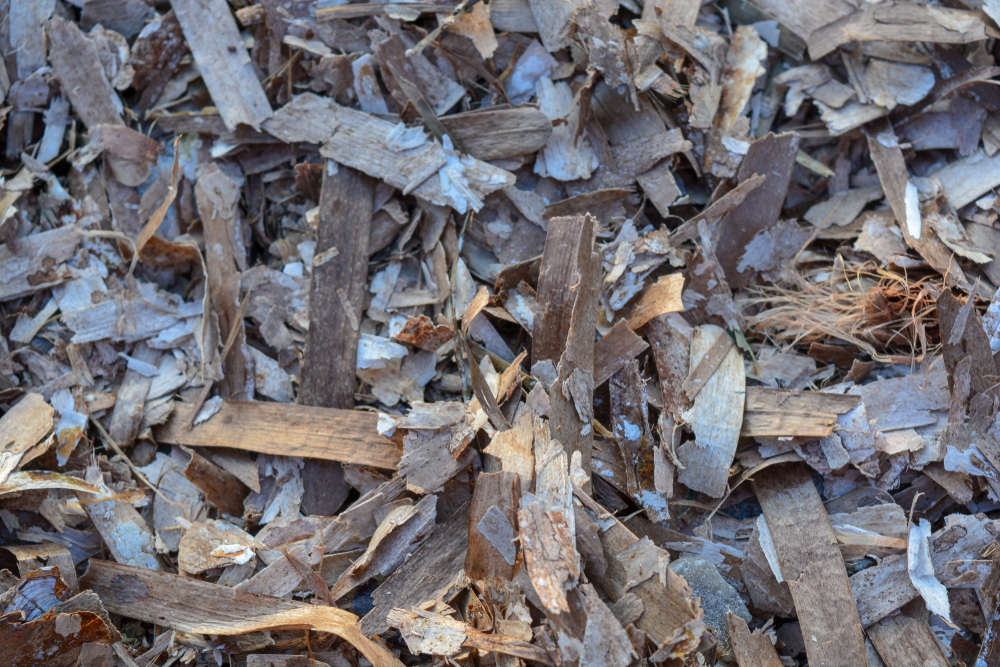
If you only have access to seaweed at certain times, or, for example, only visit the local beach so often, you may want to preserve a portion of your fresh seaweed to use in your garden over the coming years.
Drying and crumbling seaweed to make a seaweed meal soil conditioner could be a good idea. You can buy kelp meal soil conditioner online. But making your own will be a cheaper and potentially more eco-friendly alternative.
This dry product is easy to store, and can easily be sprinkled around your plants (even house plants) or added to planting holes. So you may want to make some even if you do have easy access to the coast.
To dry your seaweed, simply place it spread out on trays or on shelving in a greenhouse or polytunnel, or another dry spot. Turn it over every now and them to promote even drying. Once it is fully dry it will crumble fairly easily, and can be ground into a meal.
Uses For Seaweed in Your Cleaning and Beauty Regime
Seaweed is not only good for feeding you, your soil and your plants. It also has a number of benefits when applied to the skin or hair.
So in addition to using seaweed in your kitchen and your garden, you may also like to use it in your cleaning and beauty regime.
Here are ten potential ways to do so.
6. Take a Seaweed Bath
First of all, you can simply place a lot of fresh seaweed in your tub with salt water. You can feel like a mermaid as you soak between the fronds.
What is more, saltwater seaweed baths are said to have a range of health benefits. They are said to be detoxifying, soothe eczema and psoriasis, acne and other skin complains, clear up fungal infections, help with arthritis, rheumatism and aching limbs and generally help with wellbeing and relaxation.
7. Do a DIY Seaweed Body Wrap
You could also enjoy a DIY alternative to a day at the spa by creating your own seaweed body wrap.
The link below describes using seaweed or seaweed powder purchased from a health food store – but you could potentially also consider using seaweed you have foraged yourself.
How to Make a Seaweed Body Wrap @ oureverydaylife.com
8. Make Seaweed Soap
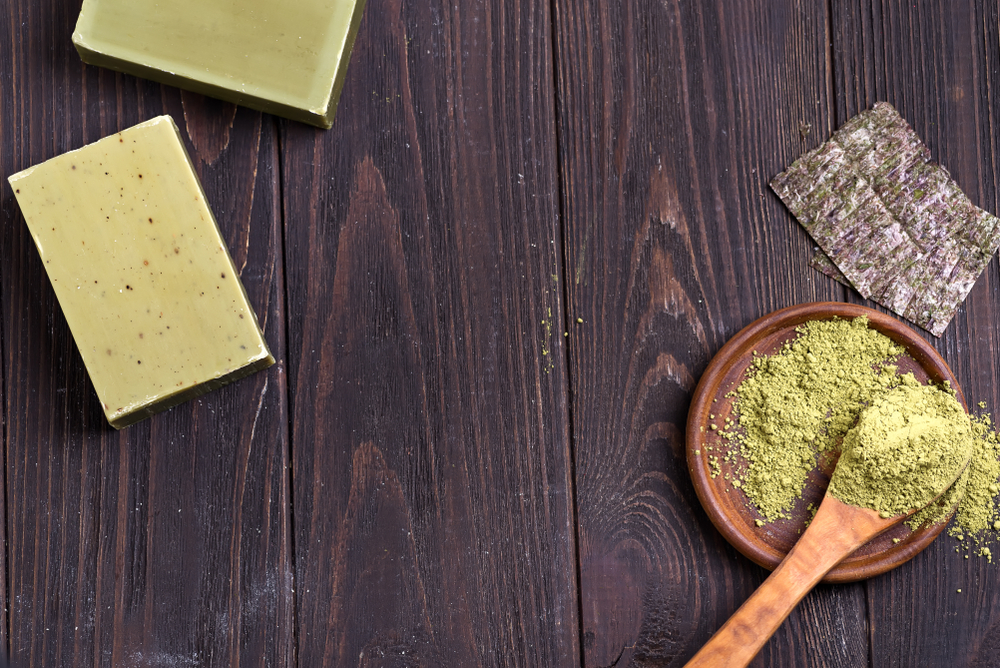
You could grind dry seaweed that you have collected finely to make a seaweed powder similar to the seaweed powder that you can buy in stores.
Once you have some seaweed powder, you can use it to make a range of different beauty or cleaning products. For example, the video below shows the process of making a seaweed soap:
9. Make a Soothing Bath Soak
A soothing bath soak could be another way to use seaweed powder in your tub.
DIY Healing Seaweed & Green Tea Bath Soak @ biome.com.au
10. Make Seaweed Shampoo Bars
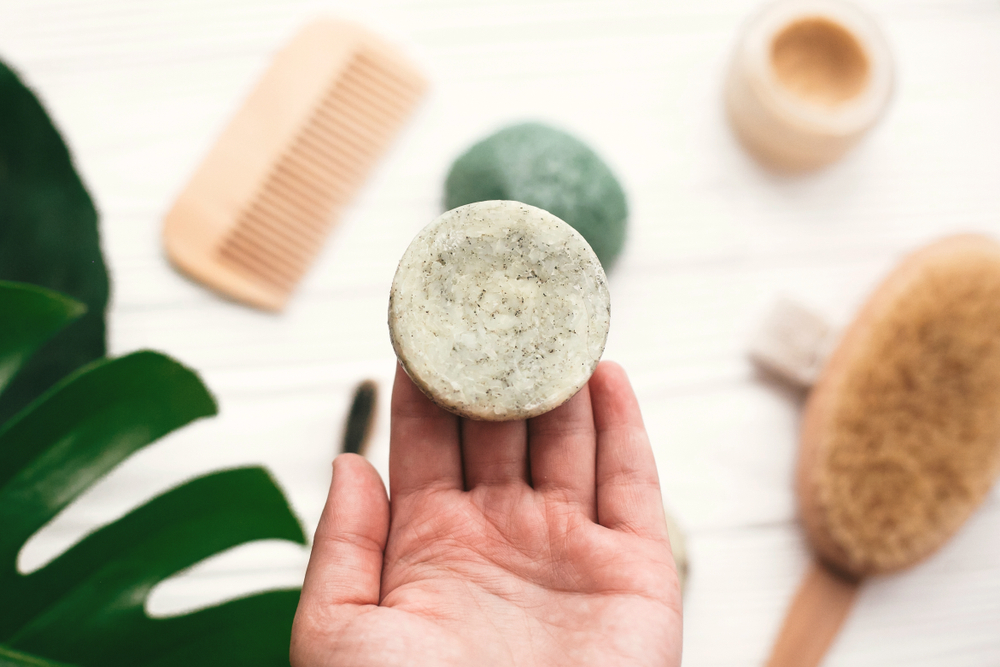
You could also use seaweed powder in shampoo bars, since seaweed is also great for your hair.
Lemongrass and Seaweed Shampoo Bars @ humblebeeandme.com
11. Make a Deep Conditioning Hair Mask
Or make a hair mask to add lustre and condition to your hair with seaweed powder and clay.
Seaweed and Clay Hair Mask @ humblebeeandme.com.
12. Make a Facial Cleanser
As a simple, natural ingredient, seaweed powder is gentle enough to use on your face. Why not check out the ingredients in this facial cleanser using Irish moss seaweed and see if you can make something similar on your own?
Balancing Seaweed Facial Cleanser @ lilyfarmfreshskincare.com.
13. Make an Exfoliating Seaweed Scrub
Once your cleansed your face, why not exfoliate with a seaweed scrub?
Exfoliating Seaweed Scrub @ thesimplethings.com.
14. Make a Moisturizing Lotion
Then moisturize with a seaweed lotion.
Irish Moss Seaweed Lotion @ motherearthliving.com.
15. Make a Face Mask
Finally, here is a recipe for a seaweed facial mask made using nori:
Herbal Seaweed Facial Mask @ littlegreendot.com.
By now, you should have a much clearer idea of the benefits of seaweed, and be inspired by some of the ways to use it around your home and garden.
So the next time you go down to the shore, be sure not to overlook this fascinating and useful natural resource.
Read Next:

Get the famous Rural Sprout newsletter delivered to your inbox.
Join the 50,000+ gardeners who get timely gardening tutorials, tips and tasks delivered direct to their inbox.


